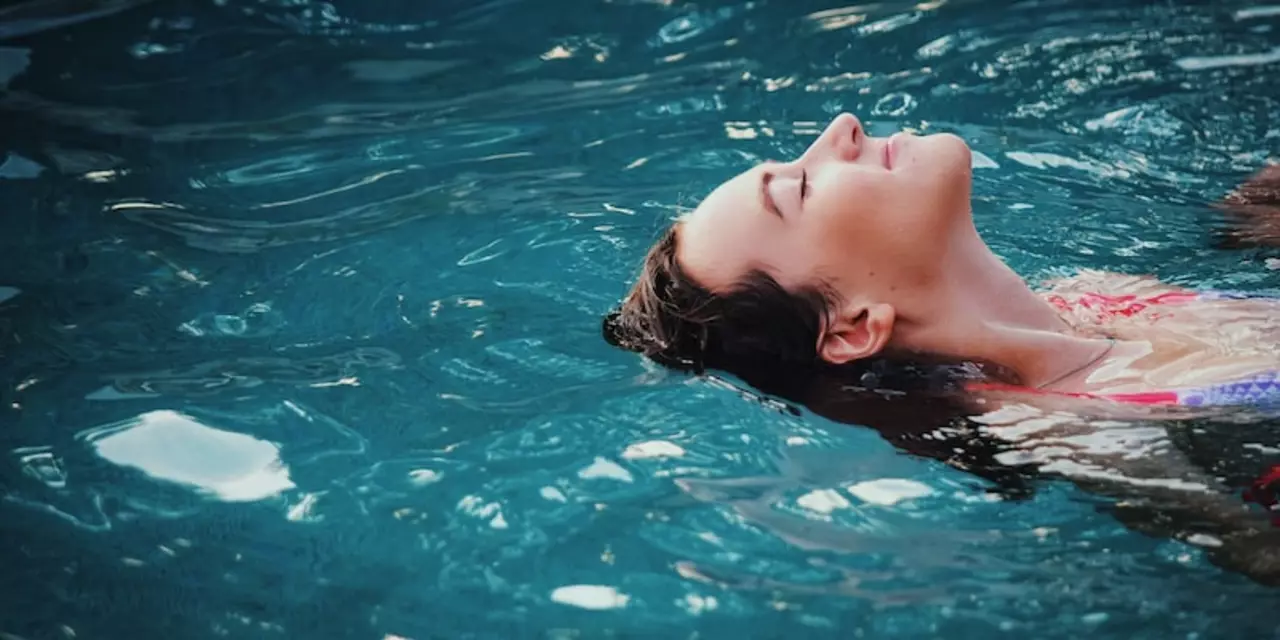Exercise Tips for Swimmers – Boost Your Paddling Performance
If you spend most of your time in the water, you already know that a good swim feels like a smooth glide. But that glide comes from more than just time spent in the pool. Adding targeted land‑based exercise makes your strokes sharper, your lungs bigger, and your recovery quicker. Below are easy moves that fit into a busy week and give real results.
Why Exercise Matters for Swimmers
Swimmers use every major muscle group, yet a lot of strength work is missed when you only focus on laps. Core stability, leg power and shoulder endurance are the hidden drivers of a fast time. When those areas are weak, you’ll feel fatigue earlier and may develop aches. A few minutes of focused exercise each day closes that gap and lets you push harder without pain.
Simple Workouts to Improve Your Stroke
1. Core Circuit – 10 minutes
Lay on your back, lift shoulders off the floor and hold for 30 seconds. Rest 15 seconds, repeat three times. Follow with a plank (30‑second hold) and side planks each side (20 seconds). This routine builds the belly muscles that keep your body straight in the water.
2. Leg Power – 8 minutes
Do a set of 15 body‑weight squats, rest 20 seconds, then 12 jump squats. Repeat twice. Strong legs give a better kick and help you stay balanced during flip turns.
3. Shoulder Stability – 6 minutes
Grab a light resistance band, hold it with both hands, and pull it apart for 15 reps. Follow with 12 reverse flyes. Shoulders are the most injury‑prone part of swimming, so keeping the rotator cuff tight saves you from setbacks.
4. Cardio Boost – 15 minutes
Run, bike, or jump‑rope at a moderate pace. Aim for a steady breath pattern similar to your swim breathing. This trains your heart to supply oxygen efficiently, so you don’t feel winded mid‑race.
Try fitting these sections into your schedule three times a week. Even a short 30‑minute session packs a punch when you’re consistent.
Remember to warm up before each workout – a quick jog or arm circles for two minutes gets blood flowing and reduces the chance of strains. After the session, stretch the shoulders, hips and calves for a minute each. Stretching keeps muscles flexible and helps you move smoother in the pool.
What about recovery? One night a week, skip the hard work and do a relaxed swim or a light yoga flow. Your body rebuilds stronger when you give it rest, and you’ll notice quicker progress.
Finally, track your results. Write down how many push‑ups, squats, or plank seconds you complete each week. Seeing numbers rise keeps motivation high and lets you spot plateaus before they become setbacks.
Mixing these simple exercises with your regular paddling routine turns a good swimmer into a great one. Give it a try, notice the difference in your next practice, and enjoy the boost in confidence that comes from feeling stronger both in and out of the water.
